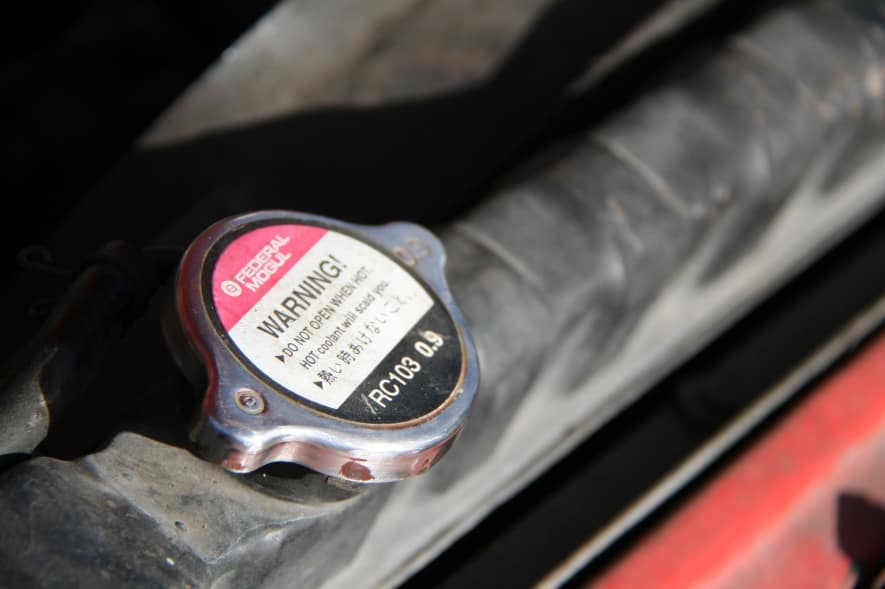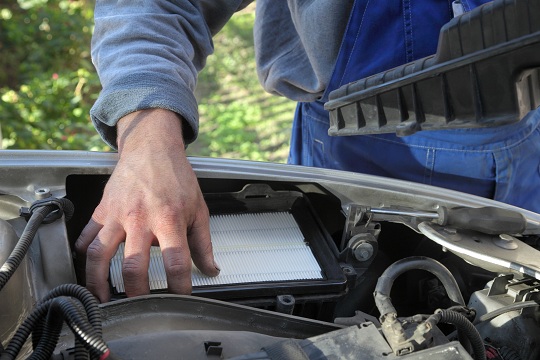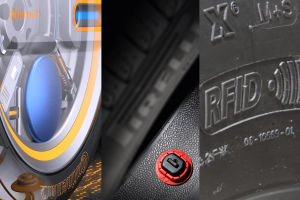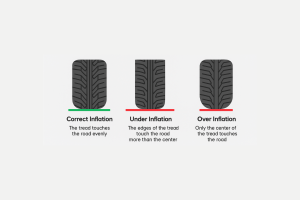Driving has become part and parcel of our lives in our hectic city life. Almost everyone who graduates and gets a job aspires to firstly, get a car!
However, a lot of people are clueless as to how to keep the car running smoothly!
So these are some tips on how you can tell if your car is crying for help!
Your Tyres Look Bald
If your tyres look worn out, ie bald, chances are, they are! Driving with bald tyres are extremely dangerous as they can burst at any moment.
Check out how you can maintain great tyres here. Don’t forget to include your spare tyre in those checks!
Spark Plugs & Battery
Spark plugs and the battery work hand in hand.
Chances are, if you find it hard to start your car (like the car “coughs” whilst starting), then you’d better check your spark plugs AND your battery.
Either one or both might have worn out and you’d be left stranded if you don’t get it seen to! But you can learn tips to maintain your car battery here.
Radiator

If you had used radiator coolant before it is best to continue doing so.
Make sure the car has not been running for at least the past 6 hours or more so that the engine has had sufficient time to cool off. Once that’s done.
You can open the radiator cap, radiator fluid should be visible, if not top it up.
Most cars will have a radiator overflow reservoir. You will be able to see the radiator levels here and refill it with radiator fluid to the specified level.
Engine Oil & Transmission Fluid
It may seem like so far, there is a lot to take in. This is also good information, so you don’t get cheated by your mechanic!
The colour or consistency of your engine oil are symptoms of something. Fresh or new engine oil is amber in color.
The colour darkens over time, and varies according to brand and environment. So going by colour isn’t an exact science.
But having said that, some engine oil colors may indicate a problem:
WHAT IT MEANS
Milky, foamy, creamy – Can be indicative of gasket leak. If there is white smoke in your exhaust it may mean you’re loosing coolant too
Thick AND dark oil – Indicates dirt or contaminants. If you go off-road or engine is exposed to a lot of dust, it may mean it’s time for an oil change.
Oil creamy or frothy – Could indicate water contamination.
Metal in Engine Oil – Particles in the oil could mean internal engine damage.
Hear NOISE from engine – Engine oil is low! Time to go!
So bottom line is, go service your car when your mileage or recommended service time is up.
Most service centres will put the date for new service or no of kms on your car for the new service. Don’t ignore that and keep driving.
Overhauling or replacement parts costs way more than one service. On top of that, running from your recommended service and or mileage time will cause issues with your warranty (in new cars).
“Eventually, as the oil gets dirtier and dirtier, it will stop lubricating and the engine will quickly wear and fail.” by HowStuffWorks.com
Likewise for your transmission fluid, which is usually red in colour. Your transmission fluid will need a change when the colour changes from red to dark brown.
In both cases, be sure not to introduce dirt as you insert the dipstick back into the engine.
Air Filter

Constant and sufficient flow of air is required for proper combustion in an engine. Limiting that airflow with a clogged up air filter will invariably affect engine performance.
You can check this very quickly by accessing the air filter compartment and if the filter is visibly dirty, it is time for a change.
Brakes
Find your car brakes screeching whenever you use them? Or that they are no longer as responsive?
This is one issue you don’t want to delay and get it checked by your mechanic. You don’t want to find yourself in an emergency situation with unresponsive brakes.
IMPORTANT TIP: Be sure to refer to your service manual for the specific method to perform the above car maintenance checks that is unique to your car model.
If in doubt, swing by to your closest service center for professional help.





